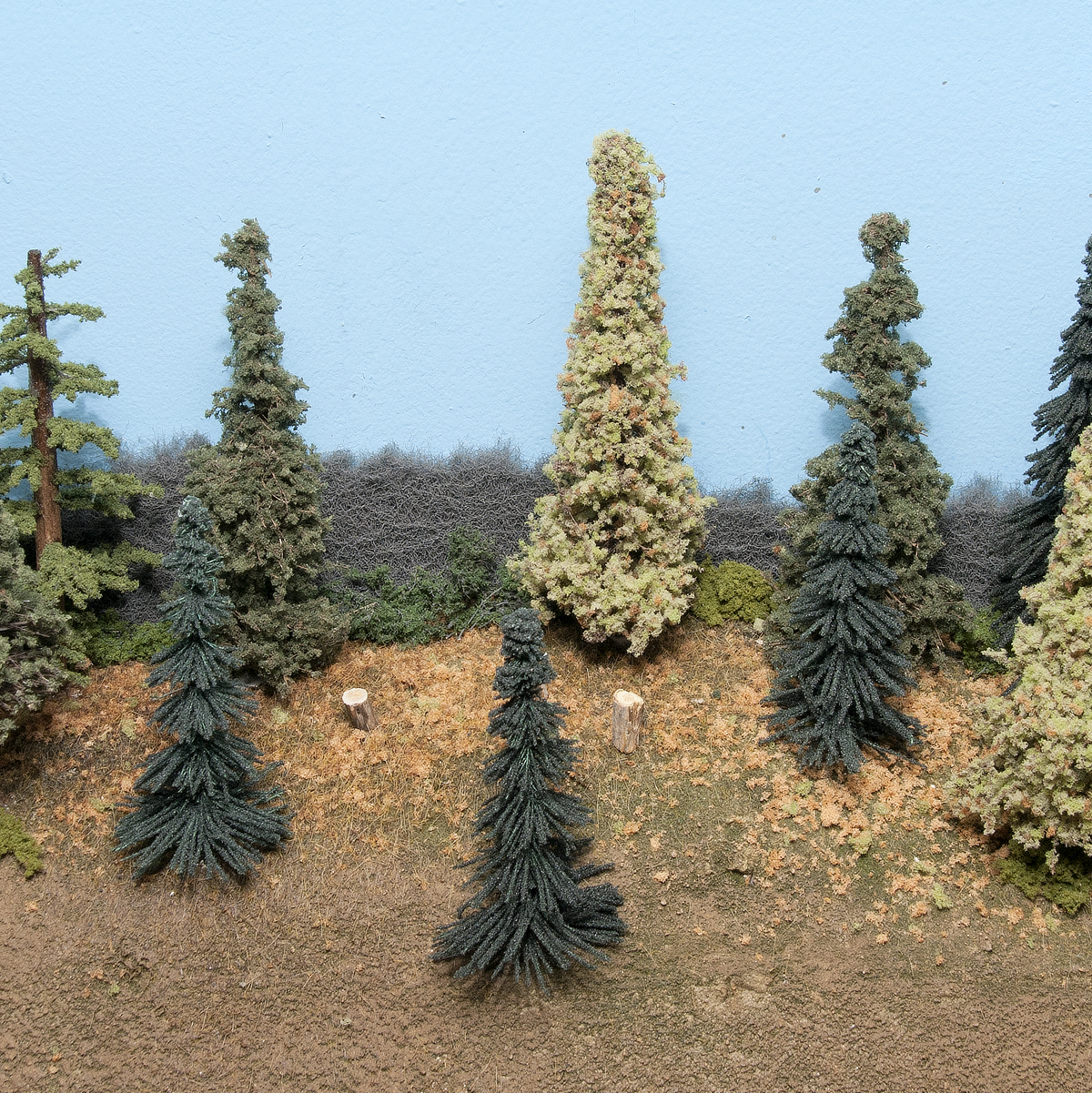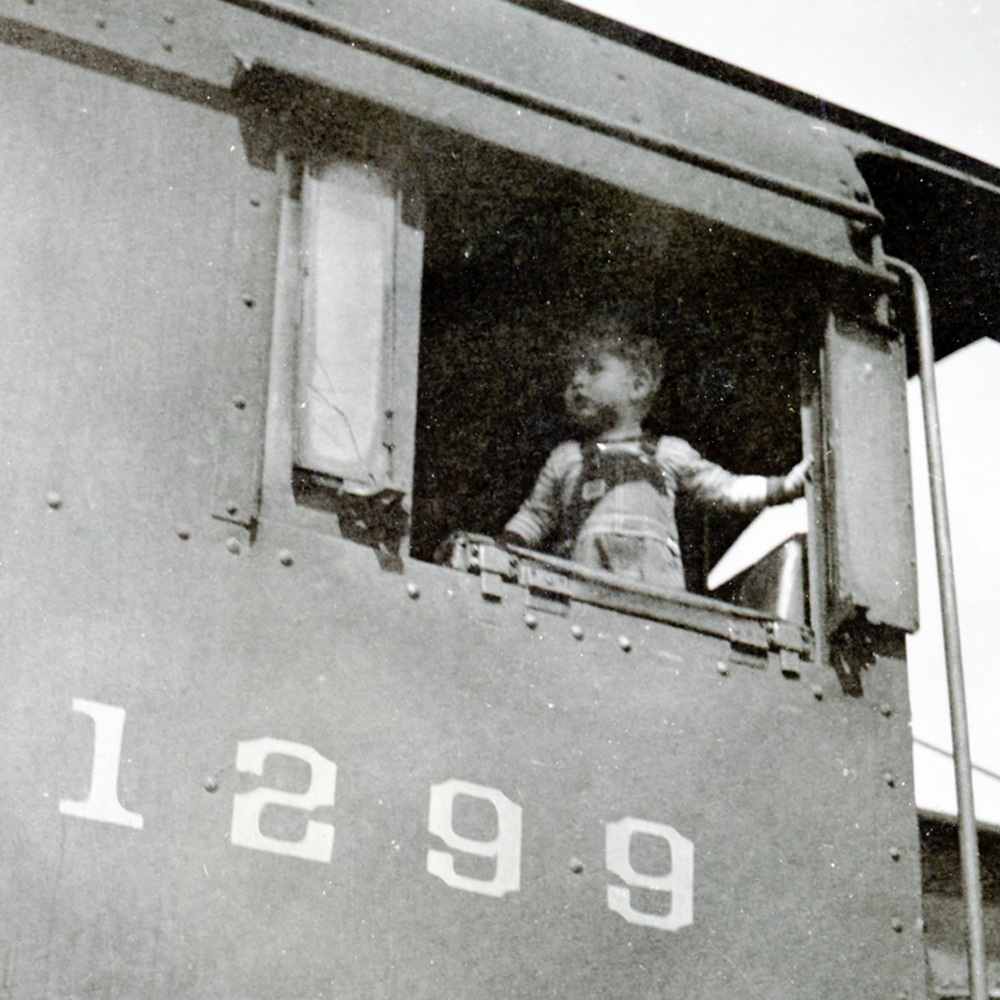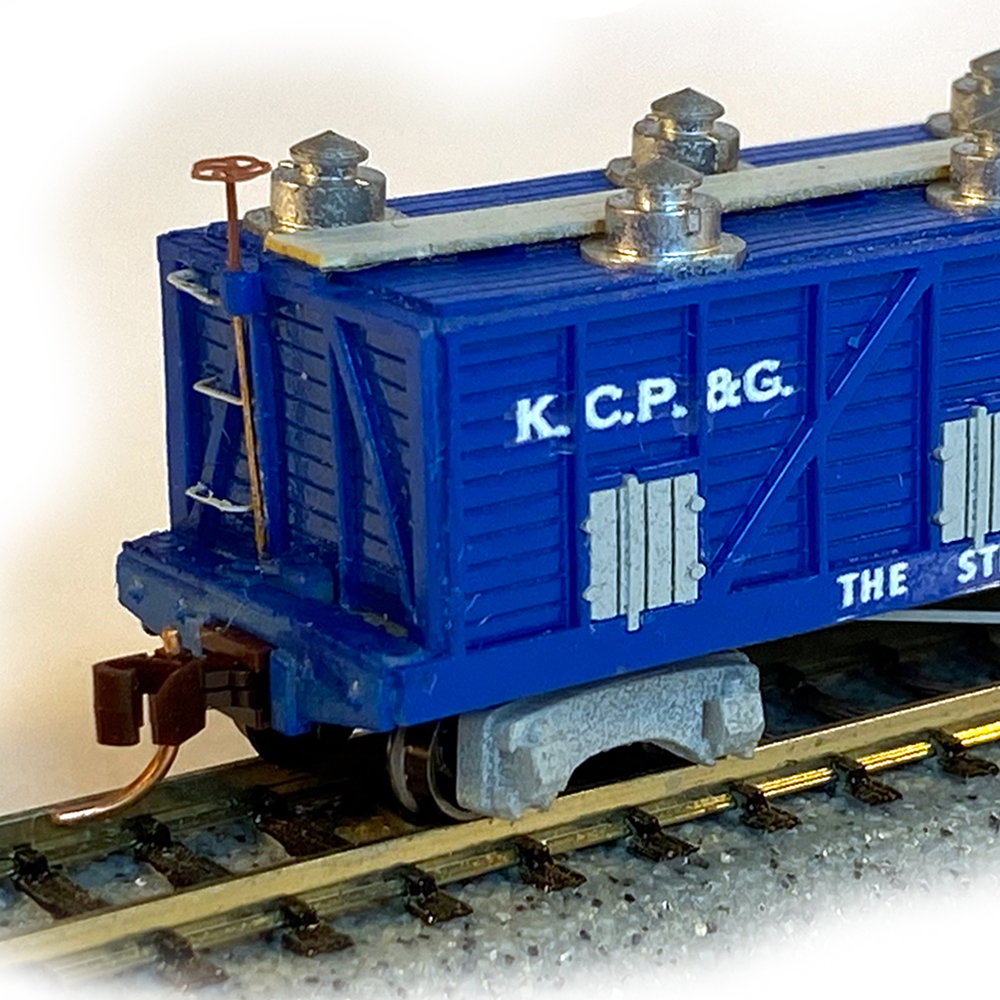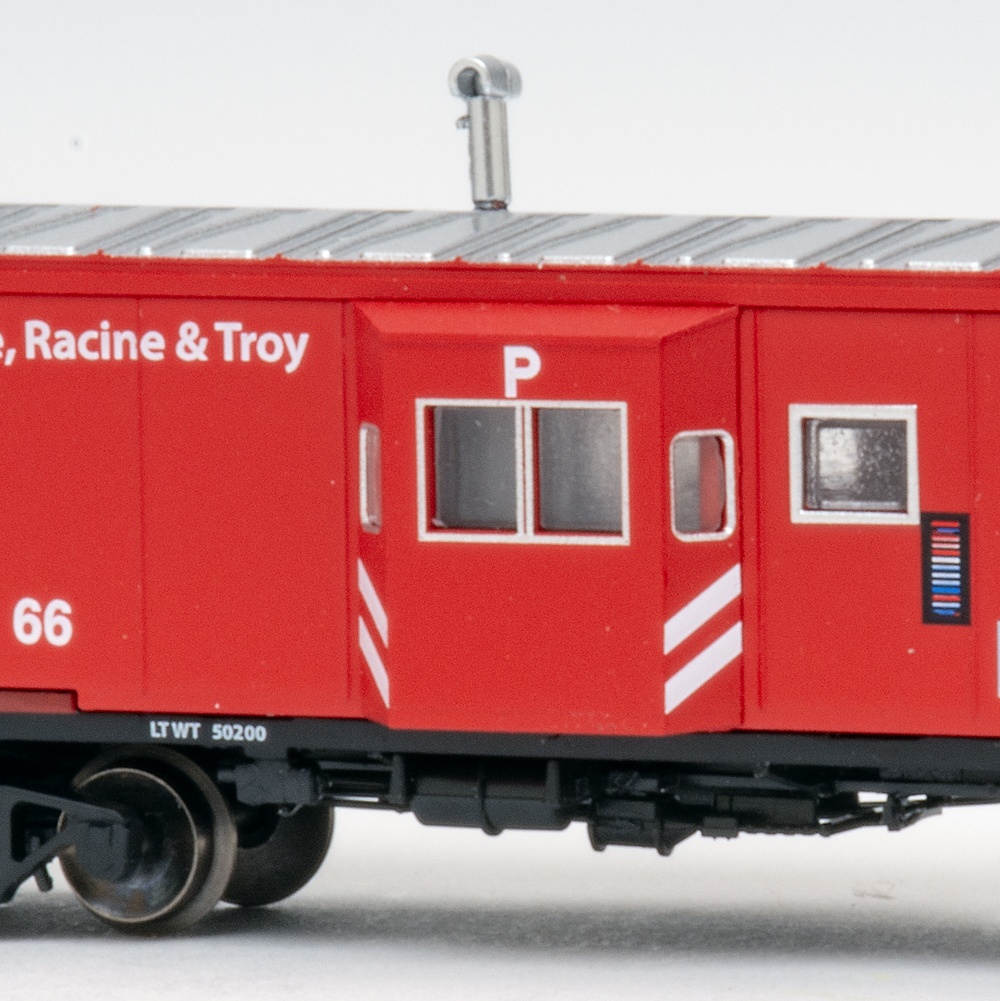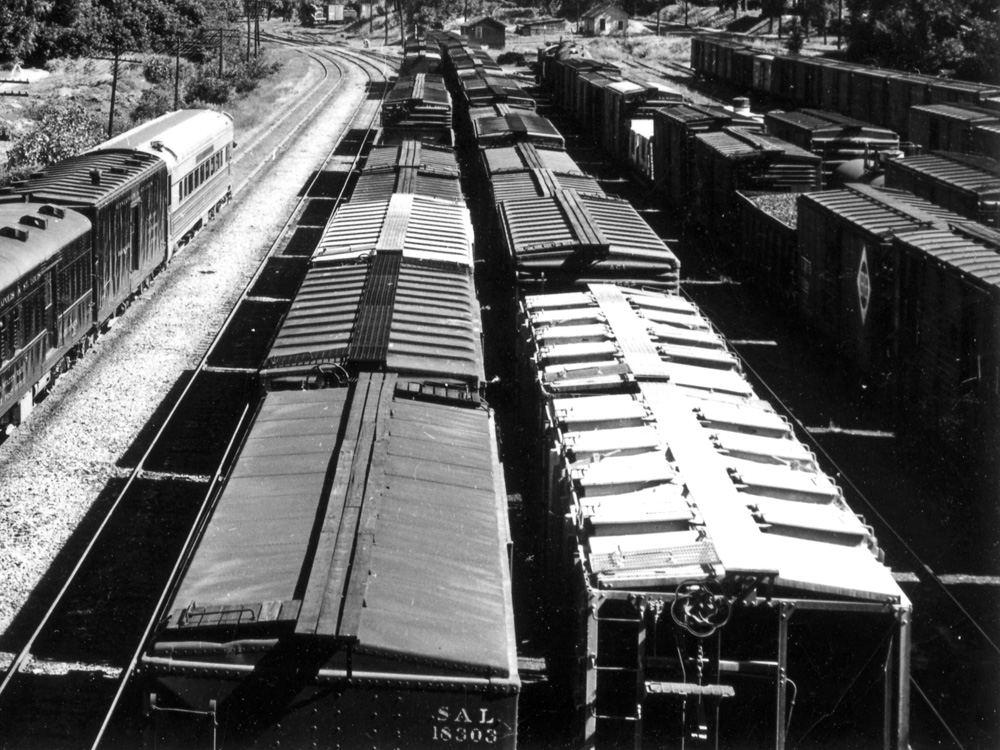
Q: My N scale layout is set in 1933. Several years ago, someone whose railroading knowledge I respect told me that running boards on early freight cars weren’t painted since they would be dangerously slippery when wet. However, all the models I see sold now have the running boards painted the same color as the roof. I’m in the process of painting some freight cars; should I paint my running boards a natural wood color or the same as the roof? – Michael Baker
A: Smooth wood, when wet, doesn’t offer a whole lot more traction than painted wood. Unpainted wood would absorb rainwater and rot more quickly than painted wood. And even in the era you model, car builders knew how to mix sand into paint to make a non-skid coating. So if a running board was unpainted, it was probably because it had just been replaced and not for reasons of traction. Paint your running boards however you like.
Q: After many years of armchair modeling, I’m finally building a layout. Using cork roadbed of uniform thickness, the rails of the Shinohara code 83 flextrack and the Walthers code 83 turnouts don’t match in height. Something needs to be shimmed. What’s the best solution? –David Roberts, Oxford, Wis.
A: Place the track and the turnouts you intend to use on a flat table next to each other and note which one seems lower. Place the lower item on sheets of styrene of various thicknesses until you find which one brings the rails level. Use that thickness of styrene to shim under the lower profile track piece on the layout. Note that you shouldn’t have to shim every inch of the low track. The difference will be very slight, so you don’t need to worry about the elevation change. You should be able to get away with shimming just the two inches or so before the track joint.
Next, slip on a pair of rail joiners and see if they alter the rail alignment; the two brands may use the same code rail, but the rail profile might still be different. If the rail joiners result in railheads that still don’t quite align, solder the rail joints securely, then use a fine jeweler’s file to file down the high rail to match. Similarly, run a fingernail over the joint on the inside of the rails; though both track pieces should start out in gauge, if the bases of the rails are different widths, the joiners might pull one side or the other out of alignment. Again, use a jeweler’s file to even up any mismatch.
Q: I’m starting a new layout in N scale which to start with will be 4 x 8 feet. One end will have a logging scene on a hillside. I also want to try and incorporate a mining or gravel scene on the back of the hill. I need to know approximately how high to build my hill. – Randy Wiser, Great Valley, N.Y.
A: The height of the track in the hills will be determined by how long the lead into the hills is and how much of a grade you think your trains can handle. But how high the terrain above those tracks should be is a subjective judgment that you’ll have to make for yourself. If you intend the hill to be a view block, its height depends on how high the base of your layout is, how tall the typical viewer will be, and how far from the edge of the layout the ridge will be. Other practical factors include how wide the base of the mountains can be, how steep a slope you think looks realistic, how close the mountain is to other scenery, and whether the hills will be covered by steep rock or more gently sloped grass and trees. Our N scale Canadian Canyons project layout (January-May 2019) had quite tall mountains in a small footprint, but their sides were almost all sheer rock cliffs; this kind of terrain might not look appropriate for the locale in which your layout will be set.
Send us your questions
Do you have a question about model railroading you’d like to see answered in Ask MR? Send it to associate editor Steven Otte at AskMR@MRmag.com.






